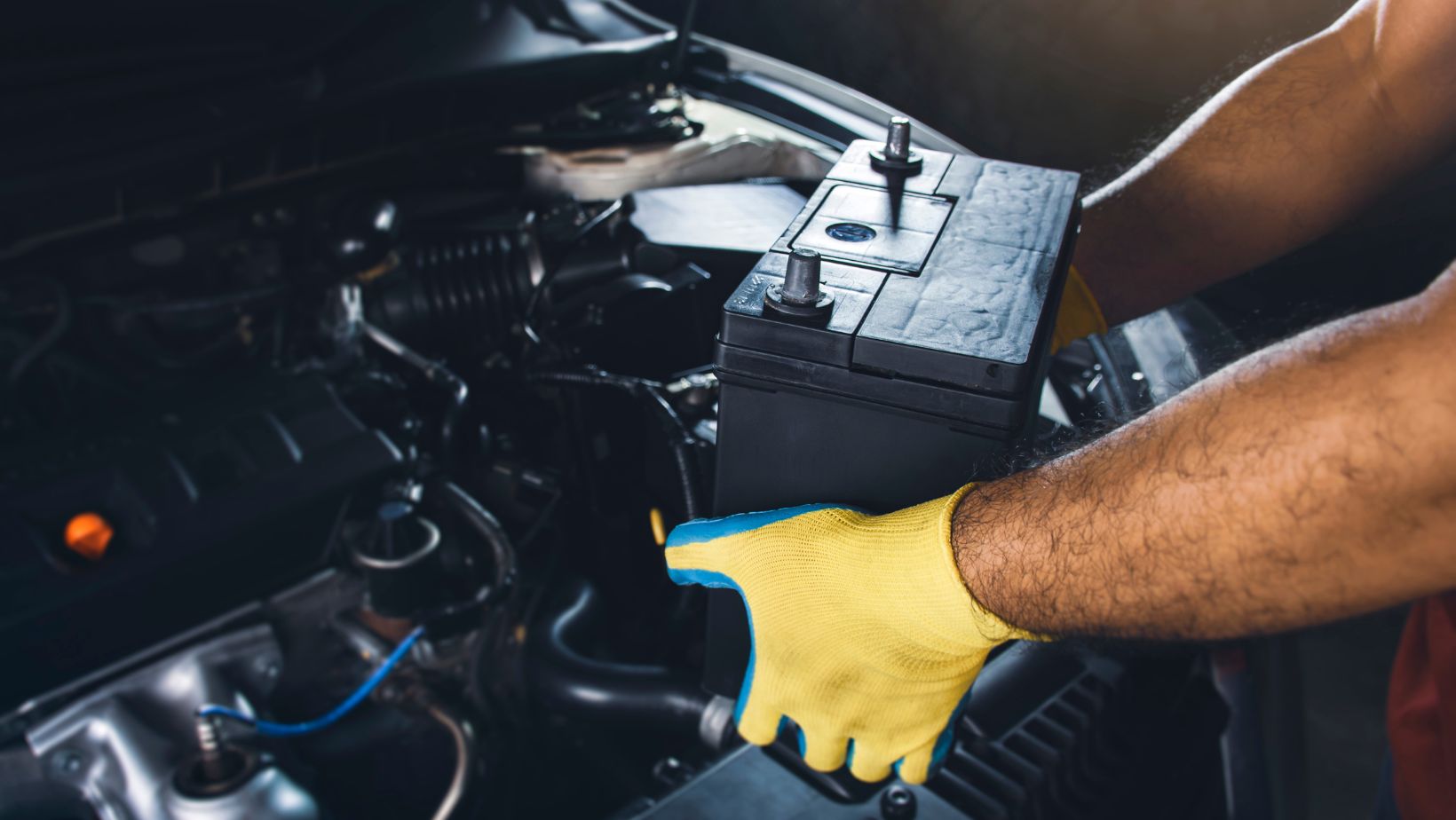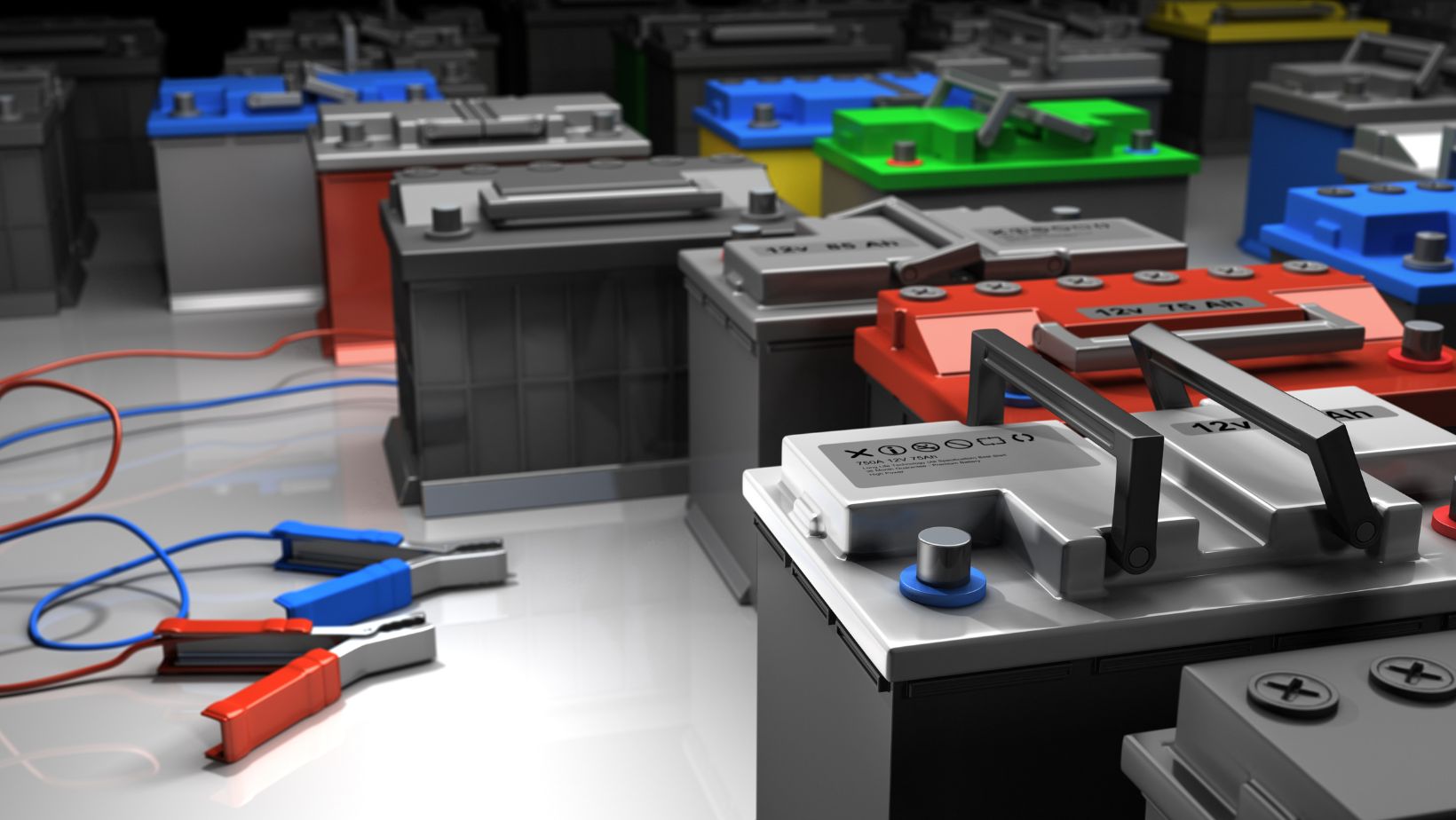
New Battery and Alternator but Battery Light Still On
Having just installed a new battery and alternator in my car, I was perplexed to find that the battery light was still on. It’s frustrating when you expect a solution to a problem, only to be met with continued issues. In this article, I’ll delve into the possible reasons why your battery light may remain illuminated despite installing new components.
One potential explanation for the persistent battery light could be an issue with the wiring or connections. Even with new parts, faulty wiring can prevent proper communication between the battery and alternator, leading to the warning light staying lit. It’s essential to check all connections and ensure they are secure and free from corrosion.
Inspecting the Wiring and Connections
When faced with a situation where you’ve installed a new battery and alternator, but the battery light is still on, it’s crucial to inspect the wiring and connections. Faulty or loose connections can often be the culprit behind this puzzling issue. Here are a few steps to guide you through the process:
- Start by visually examining the battery terminals and cables. Look for any signs of corrosion, fraying, or damage. Corroded terminals can impede proper electrical flow, while damaged cables may not provide a secure connection.
- Next, ensure that all connections are tight and secure. Using a wrench or pliers (if necessary), gently tighten any loose terminal nuts or bolts. It’s important not to overtighten them as this could damage the terminals.
- Move on to inspecting the alternator connections. Check if all wires are properly connected to their respective terminals on the alternator. Any loose or disconnected wires should be reattached securely.
- Pay attention to ground connections as well since poor grounding can result in electrical issues like a persistent battery light indicator. Make sure that there is solid contact between the negative terminal of your battery and its corresponding grounding point on the vehicle’s chassis.
- If you’ve gone through these steps and haven’t found any obvious issues with the wiring and connections, it might be beneficial to use a multimeter to test for voltage drops across various points in your electrical system.
By carefully inspecting and addressing potential problems in your vehicle’s wiring and connections, you increase your chances of resolving the issue of having a battery light still illuminated even after installing new components such as a battery and alternator.

Possible Causes for the Battery Light Staying On
So, you’ve installed a new battery and alternator, expecting that the battery light would finally go off. But to your surprise, it’s still stubbornly glowing on your dashboard. It can be quite perplexing and frustrating when you’ve taken proactive steps to address the issue, yet the problem persists. Let’s explore some possible causes for why this may be happening:
- Faulty wiring or connections: One potential culprit could be faulty wiring or loose connections in your electrical system. Even with a new battery and alternator, if there is a poor connection between them or other components, it can trigger the battery light to stay illuminated. Check all the cables, terminals, and connectors to ensure they are securely fastened and free from corrosion.
- Defective voltage regulator: The voltage regulator plays a crucial role in maintaining a stable charge within your vehicle’s electrical system. If it becomes defective or malfunctions, it can cause irregularities in charging and lead to the persistent illumination of the battery light. Consider having your voltage regulator tested or replaced if necessary.
- Issues with the serpentine belt: A worn-out or damaged serpentine belt can affect the proper functioning of various engine components, including the alternator. If the alternator is not spinning at its optimal speed due to a faulty belt, it may not generate sufficient power to keep the battery charged adequately. Inspect the condition of your serpentine belt and replace it if needed.
- Battery temperature sensor problems: Some vehicles are equipped with a battery temperature sensor that monitors changes in temperature and adjusts charging accordingly. If this sensor malfunctions or sends incorrect signals to your vehicle’s computer system, it may result in an illuminated battery light even with a new battery and alternator.
- Other electrical issues: There could be other underlying electrical issues within your vehicle that are causing the persistent illumination of the battery light. These could range from a faulty instrument cluster to a malfunctioning computer module. It’s best to have a professional mechanic diagnose the problem using specialized diagnostic tools.
Keep in mind that these are just some potential causes for the battery light staying on, and it’s always advisable to consult with a qualified mechanic or technician for an accurate diagnosis. They can perform specific tests and inspections to pinpoint the exact issue and provide you with the most effective solution.



